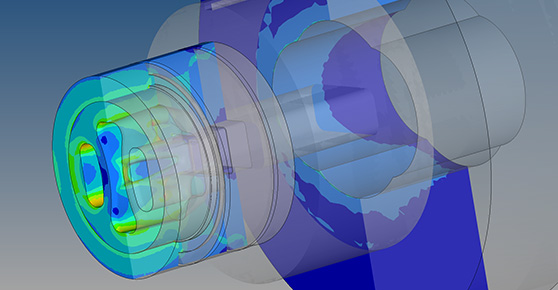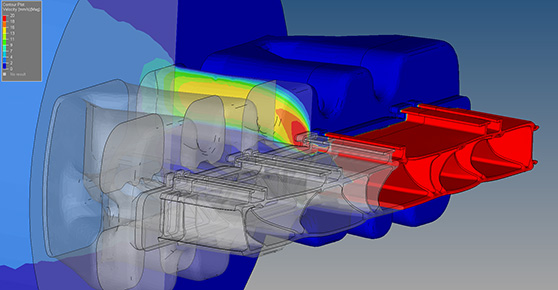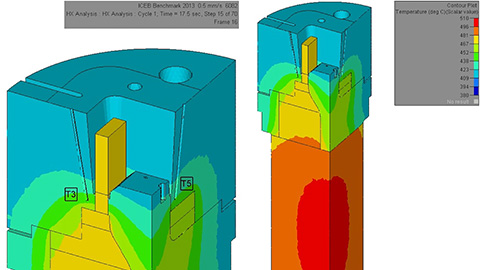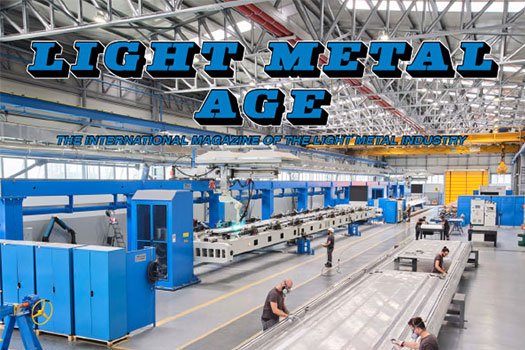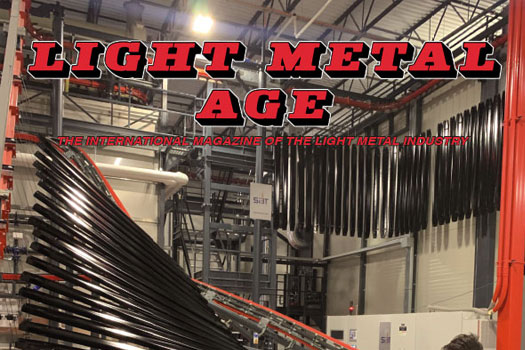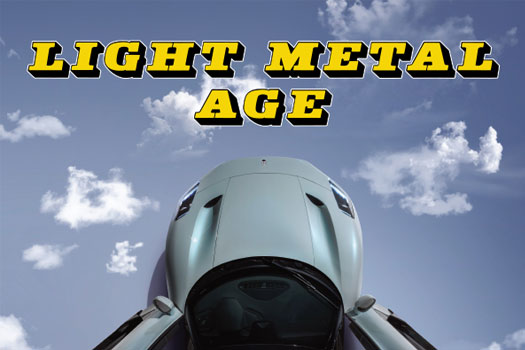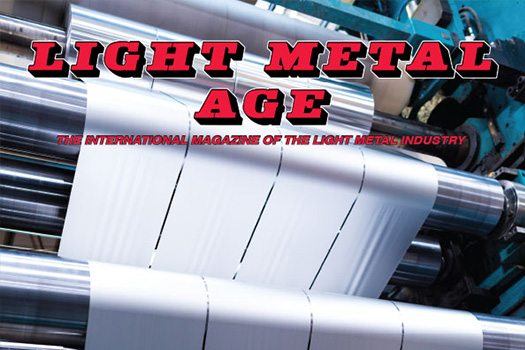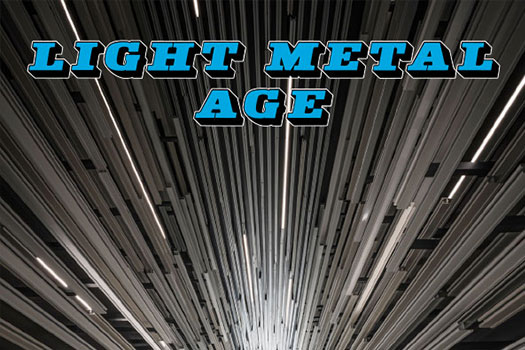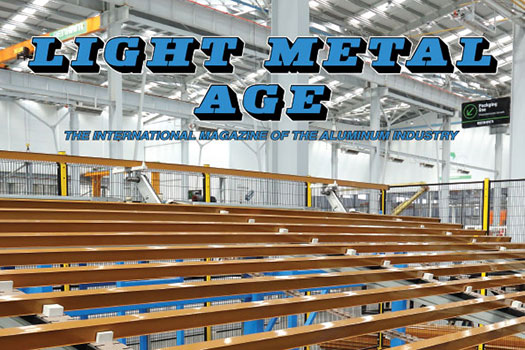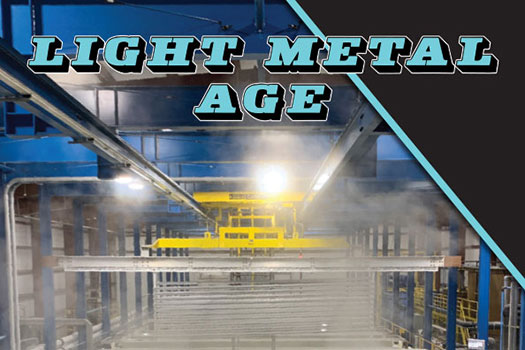F.E.A.
Before the commercialization of finite elements codes, design of extrusion dies has been more a matter of role of the thumb than engineering. More than a decade ago Almax Mori understood that the key to meet the future requirements of extrusion companies was to integrate design offices with a technology capable to assist engineers at the die design stage.
In Mori we perform finite elements analysis to engineer better dies and we have been successfully implementing Altair Mechanical Engineer Suite in our production cycle since 2009. But what makes the difference is the hard job we did together with our customer and not a picture predicting the nose piece. Behind a die that does not require corrections there are tens of right decisions and probably a state-of-the-art manufacturing technology. Behind the possibility to guarantee the seam-weld integrity there's a good constitutive equation for each aluminum alloy. Behind a mandrel that initially looks to be hopeless but finally exceeds the expectations there's the know-how we have been building-up in the last 34 years.
The power of this approach stays in the fact that for very complex profiles it is possible to understand if the tolerances required by the final user can be reached during extrusion or not; profiles that yesterday were refused are today accepted by extrusions after the die engineering... that’s the revolution. And this is done for each single die in production!
Being recognized world-wide as leaders in the extrusion simulation process, we felt the need to share with the industry our best achievements. In 2018 was born “FEA in Extrusion Die Design”, an ongoing series dealing with the opportunities that finite elements analysis (FEA) offers to extrusion industry. The articles have been published on the Light Metal Age Journal. Below you can download the official reprints.
Deflections of Critical Die Tongues
How to Avoid Them with AMVICO Cut
by Tommaso Pinter, ©2025 Light Metal Age
How to Predict Profile Front Scrap with a Novel Analytical Equation
Have only a die print and you need to estimate the front scrap? Here you can find a new analytical equation!
by Tommaso Pinter, ©2025 Light Metal Age
How to Predict and Counteract Wall Thickness Contraction in Hollow Sections
by Tommaso Pinter, ©2024 Light Metal Age
Read MoreHow to Understand and Counteract Snap Marks with Die Design and FEA
by Tommaso Pinter, ©2023 Light Metal Age
Read MoreHow to Choose Between a General Bolster and a Tailored Insert
by Tommaso Pinter, ©2022 Light Metal Age
Read MoreHow Die Diameter Affects Stress on the Mandrel in Direct Aluminum Extrusion
by Tommaso Pinter, ©2022 Light Metal Age
Read MoreThe Effect of Die Design on Billet Skin Contamination
by Tommaso Pinter, ©2021 Light Metal Age
Read MoreHow Low Porthole Preheating Temperatures Affect Mandrel Integrity
by Tommaso Pinter, ©2021 Light Metal Age
Read MoreDetermining the Effect of Preheating Bolsters on Die Performance
by Tommaso Pinter, ©2021 Light Metal Age
Read MorePredicting Profile Wall Thickness Using a Multidisciplinary Simulation Environment
by Tommaso Pinter, ©2020 Light Metal Age
Read MoreUsing Numerical Analysis of Coring and Charge Weld Defects for Scrap Assessment
by Tommaso Pinter, ©2020 Light Metal Age
Read MoreState-of-the-Art Die Design for Extrusion of AA6061 Round Pipe
by Tommaso Pinter, ©2020 Light Metal Age
Read MoreThe Influence of Die Design on Productivity and Recovery for an AA7020 Hollow Section
by Tommaso Pinter, ©2020 Light Metal Age
Read MoreThe Case of Central Beams in Hollow Profiles: Influence of Die Design on Extrudate Temperature
by Tommaso Pinter, ©2019 Light Metal Age
Read MoreThe Case of Channel Profiles: The Influence of Die Design on Cap Deflection
by Tommaso Pinter, ©2019 Light Metal Age
Read More
